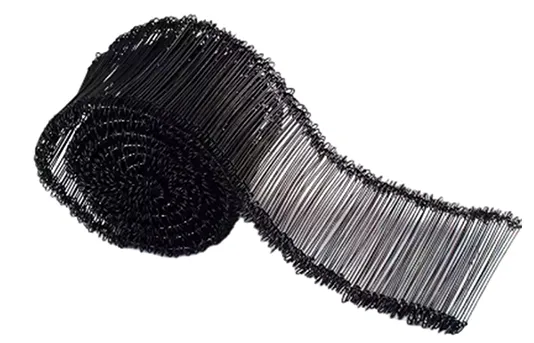-
 Phone:
Phone: -
 Email:
Email:

double twisted hexagonal wire mesh
Double Twisted Hexagonal Wire Mesh A Comprehensive Overview
Double twisted hexagonal wire mesh, often referred to simply as hexagonal wire mesh, is an innovative and versatile material widely used in various engineering and construction applications. This mesh consists of wires that are twisted together in a hexagonal pattern to create a robust and flexible structure capable of withstanding significant pressure and weight. The unique design of double twisted hexagonal wire mesh provides numerous benefits, making it a popular choice across multiple industries.
Composition and Characteristics
The primary component of double twisted hexagonal wire mesh is high-quality galvanized steel wire, which enhances its durability and lifespan. The double twisting feature not only ensures that the wires maintain their shape but also provides additional strength and resistance to deformation. This characteristic is crucial for applications where the mesh is subjected to heavy loads or stresses.
The hexagonal configuration of the mesh allows for increased flexibility, enabling it to adapt to various shapes and contours. This adaptability makes it suitable for a range of uses, from reinforcement materials in construction projects to protective barriers in agricultural settings. The wire mesh can be manufactured in different diameters and mesh sizes, allowing for customization based on specific needs.
Applications
One of the most common applications of double twisted hexagonal wire mesh is in the construction industry. It is widely used for slope protection, soil stabilization, and erosion control. By reinforcing soil structures, the mesh helps prevent landslides and soil erosion, maintaining the integrity of embankments and other earthworks. Additionally, the mesh is frequently employed in retaining walls, where it can support the backfill and provide drainage.
double twisted hexagonal wire mesh

In agricultural settings, this type of wire mesh serves essential functions as well. Farmers utilize hexagonal wire mesh for fencing purposes to protect crops from wildlife and livestock. Its robust nature ensures that it can withstand animal pressure while remaining effective over time. Furthermore, it can be used for creating garden beds or enclosures, providing a sustainable way to support plant growth.
Another significant application of double twisted hexagonal wire mesh is found in the construction of gabions—wire mesh cages filled with rocks or other materials. Gabions are commonly used for erosion control, riverbank stabilization, and even decorative landscaping features. The flexibility of the mesh allows it to conform to the terrain while maintaining structural integrity, effectively absorbing the impact of flowing water and preventing erosion.
Environmental Benefits
The environmental benefits of using double twisted hexagonal wire mesh cannot be overstated. Its durability and resistance to corrosion minimize maintenance needs, reducing resource consumption over time. Additionally, the wire mesh is recyclable, allowing for sustainable solutions in construction and landscaping. By utilizing natural materials such as stone in conjunction with the mesh for gabions, the ecological footprint of construction projects can be significantly reduced.
Conclusion
In conclusion, double twisted hexagonal wire mesh is a vital material that offers unparalleled versatility and strength for various applications. Its unique properties make it an ideal choice for construction, agriculture, and environmental protection. With its ability to adapt to different uses and withstand harsh conditions, this innovative mesh continues to find new applications, making it an essential component in modern engineering and sustainability practices. As industries evolve and the need for robust solutions grows, double twisted hexagonal wire mesh will undoubtedly remain at the forefront of construction and environmental innovation.
-
Wire Mesh for Every Need: A Practical SolutionNewsJul.25,2025
-
Steel Fences: Durable, Secure, and Stylish OptionsNewsJul.25,2025
-
Roll Top Fencing: A Smart Solution for Safety and SecurityNewsJul.25,2025
-
Cattle Farm Fencing Solutions for Maximum SecurityNewsJul.25,2025
-
Affordable Iron Binding Wire SolutionsNewsJul.25,2025
-
Affordable Galvanized Wire SolutionsNewsJul.25,2025
-
Wire Hanger Recycling IdeasNewsJul.25,2025








